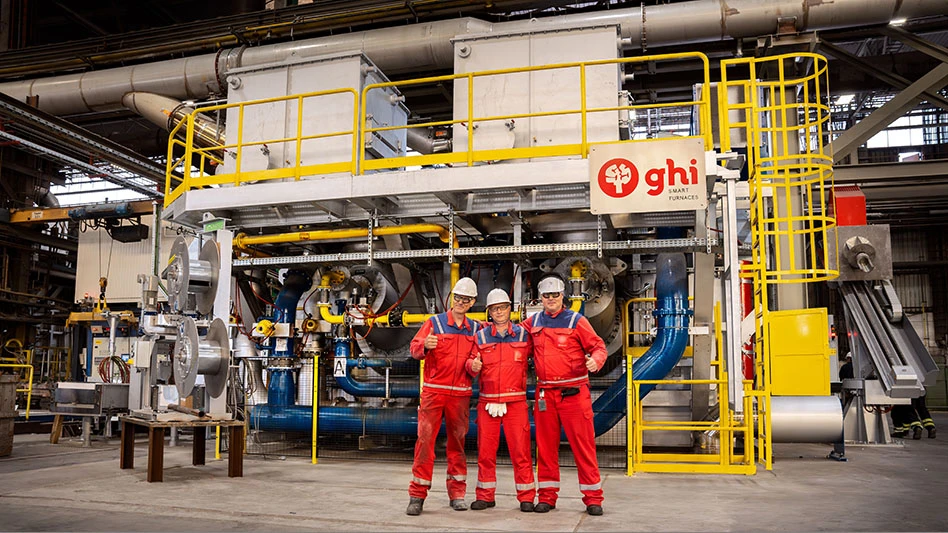Despite leading the world in crude steel production in June, China imported more steel than it made during that month.
S&P Global Platts writes in its "Steel Business Briefing" newsletter that China’s shift to a net steel importer during the month—the first time that has been the case since the first half of 2009—indicates the extent of China’s stimulus-fueled economic recovery, which has supported rising domestic steel prices.
S&P Global Platts, a provider of energy and commodities information and a source of benchmark price assessments in the physical commodity markets, says monetary loosening and credit easing in the first half of 2020 in China have benefitted the infrastructure and property construction sectors. “Steel traders have embarked on some speculative buying in anticipation of a further liquidity boost that would drive up property and infrastructure demand in the second half of the year.”
Citing state-owned media reports that reference China Customs data released July 25, S&P Global Platts reports that China imported 2.48 million metric tons (MT) of semifinished steel products in June primarily in the form of billet and slab. “Added to finished steel imports, it took China's total imports in June to 4.358 million MT, surpassing June's finished steel exports of 3.701 million MT,” S&P Global Platts notes.
The firm cites sources who say they expect China's imports of semifinished steel to remain strong in July and August, while steel exports will remain low, meaning the country will continue to be a net steel importer in the near term.
S&P Global Platts, referencing National Bureau of Statistics data, reports that in June China's daily crude steel output was 3.05 million metric tons per day—an all-time high—annualized to 1.11 billion metric tons. Mill capacity utilization was estimated to be near 91 percent in June.
However, finished steel inventories at steel mills and in spot markets across 20 cities in China monitored by China Iron and Steel Association were about 10 percent higher at the end of June.
Because infrastructure and property construction account for more than 55 percent of China’s total steel consumption, S&P Global Platts says, traders “have been more than willing to purchase from domestic and overseas steelmakers, even at the cost of holding on to climbing steel inventories. They have been waiting for the steel market to price in additional demand from infrastructure and property.”
According to S&P Global Platts, China's steel imports may decrease in Q4 as steel demand in overseas markets is likely to recover and because China’s government has begun to address rising property market prices.
The firm reports, “Property is not just a major steel consumer but is also a crucial tool for credit creation in China. The country's determination to rein in property prices may lead to slower credit easing, especially in Q4, denting domestic demand and also speculative buying from traders, some market sources said.”
Latest from Recycling Today
- ReElement, Posco partner to develop rare earth, magnet supply chain
- Comau to take part in EU’s Reinforce project
- Sustainable packaging: How do we get there?
- ReMA accepts Lifetime Achievement nominations
- ExxonMobil will add to chemical recycling capacity
- ESAB unveils new cutting torch models
- Celsa UK assets sold to Czech investment fund
- EPA releases ‘National Strategy to Prevent Plastic Pollution’





